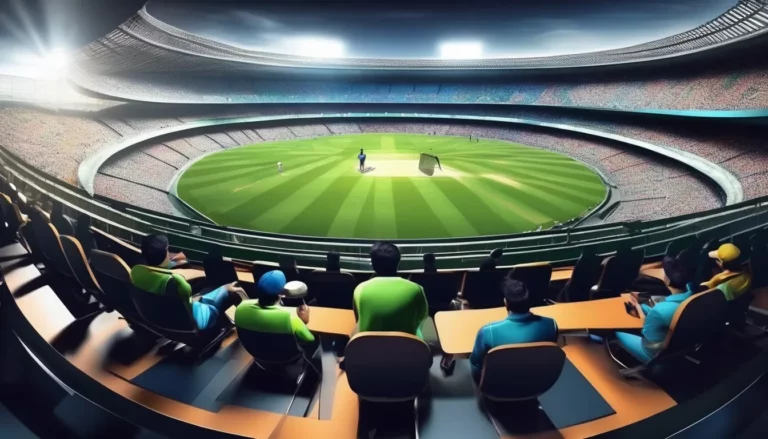The Art of Cricket Pitch Preparation: Techniques and Innovations
99Exch, Gold: Selecting the right pitch for a game is a crucial decision that can significantly impact the overall performance of the players. Factors such as the weather conditions, type of surface, and the team’s strategy all play a role in determining the most suitable pitch for a match. Through thorough analysis and consideration of these factors, teams can optimize their chances of success and create a fair playing field for both sides.
Analyzing the pitch involves examining its firmness, moisture content, and overall condition to assess how it will affect the ball’s bounce and speed during gameplay. By understanding these characteristics, teams can tailor their tactics to suit the conditions of the pitch and gain a competitive advantage. Additionally, regular maintenance and monitoring of the pitch are essential to ensure its quality and consistency, ultimately contributing to a more enjoyable and fair sporting experience.
Understanding Soil Composition
Soil composition refers to the different elements that make up the soil in a specific location. It is essential to understand the various components of soil to determine its fertility and suitability for different types of plants. The composition of soil typically includes a mixture of organic matter, minerals, water, and air, all of which play a crucial role in supporting plant growth.
Organic matter in soil comes from the decomposition of plant and animal remains, providing essential nutrients for plant growth. Minerals in the soil, such as sand, silt, and clay, contribute to its texture, drainage, and nutrient-holding capacity. Water and air in the soil are also vital for plant root development and the transfer of nutrients. By analyzing the soil composition, gardeners and farmers can make informed decisions about fertilization, irrigation, and other soil management practices to optimize plant growth and yield.
Grass Length and Mowing Patterns
Determining the ideal grass length and mowing patterns for your lawn is crucial in maintaining its health and appearance. Grass length directly impacts the overall health of the grass blades and root systems. It is recommended to keep grass at a height of about 2.5 to 3.5 inches, as this allows for optimal photosynthesis and root development. Mowing too short can lead to stress on the grass and make it more susceptible to weeds and diseases.
In addition to grass length, the mowing pattern you choose can also influence the health and aesthetics of your lawn. It is advisable to vary the direction in which you mow to prevent the grass from developing a grain pattern. Altering the mowing pattern regularly also helps reduce soil compaction and promotes even growth of the grass. By implementing proper grass length and mowing patterns, you can ensure a healthy and vibrant lawn that enhances the overall appeal of your outdoor space.







